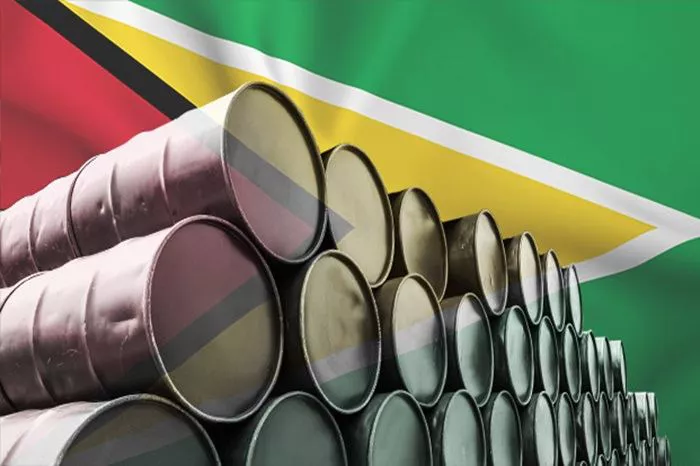Guyana is emerging as a significant contender against OPEC’s influence in the global oil market, according to the International Energy Agency’s (IEA) 2024 World Energy Outlook, released on October 16. The report forecasts a decline in OPEC’s market share from the current 34% to 33% by 2030, marking the lowest level since the 1980s, before a projected recovery to 40% by 2050.
This anticipated decline in OPEC’s dominance is attributed to high production levels from several countries, including the United States, Canada, Brazil, and notably, Guyana. With proven oil reserves estimated at 11.6 billion barrels, Guyana plans to increase its production to 1.3 million barrels per day by 2027, positioning itself as one of the leading non-OPEC+ producers contributing to global supply growth.
Despite OPEC’s interest in incorporating Guyana into its membership, the South American nation has firmly declined the offer. Vice President Bharrat Jagdeo stated, “We don’t want to be part of OPEC at this point in time.” A significant factor in this decision is Guyana’s disapproval of OPEC’s frequent production cuts, which contradict the nation’s objective to maximize oil production.
The IEA further warns of a potential “significant overhang of supply” in the upcoming decade, projecting that OPEC’s spare production capacity will increase from six million barrels per day in 2024 to eight million by 2030. In a scenario emphasizing stronger net-zero efforts, global oil production could decrease to 52.1 million barrels per day by 2050, with OPEC’s output potentially falling to just 21.36 million barrels per day.
OPEC’s recent production cuts have faced criticism, especially from Western nations, as the energy market continues to navigate recovery following the pandemic. The IEA has expressed strong disagreement with the cartel over these measures, highlighting the necessity for stability in the oil market.
Related topic:
How Much Oil Does OPEC Produce Per Day?
Phillips 66 to Close LA Refinery Amid California Regulations

